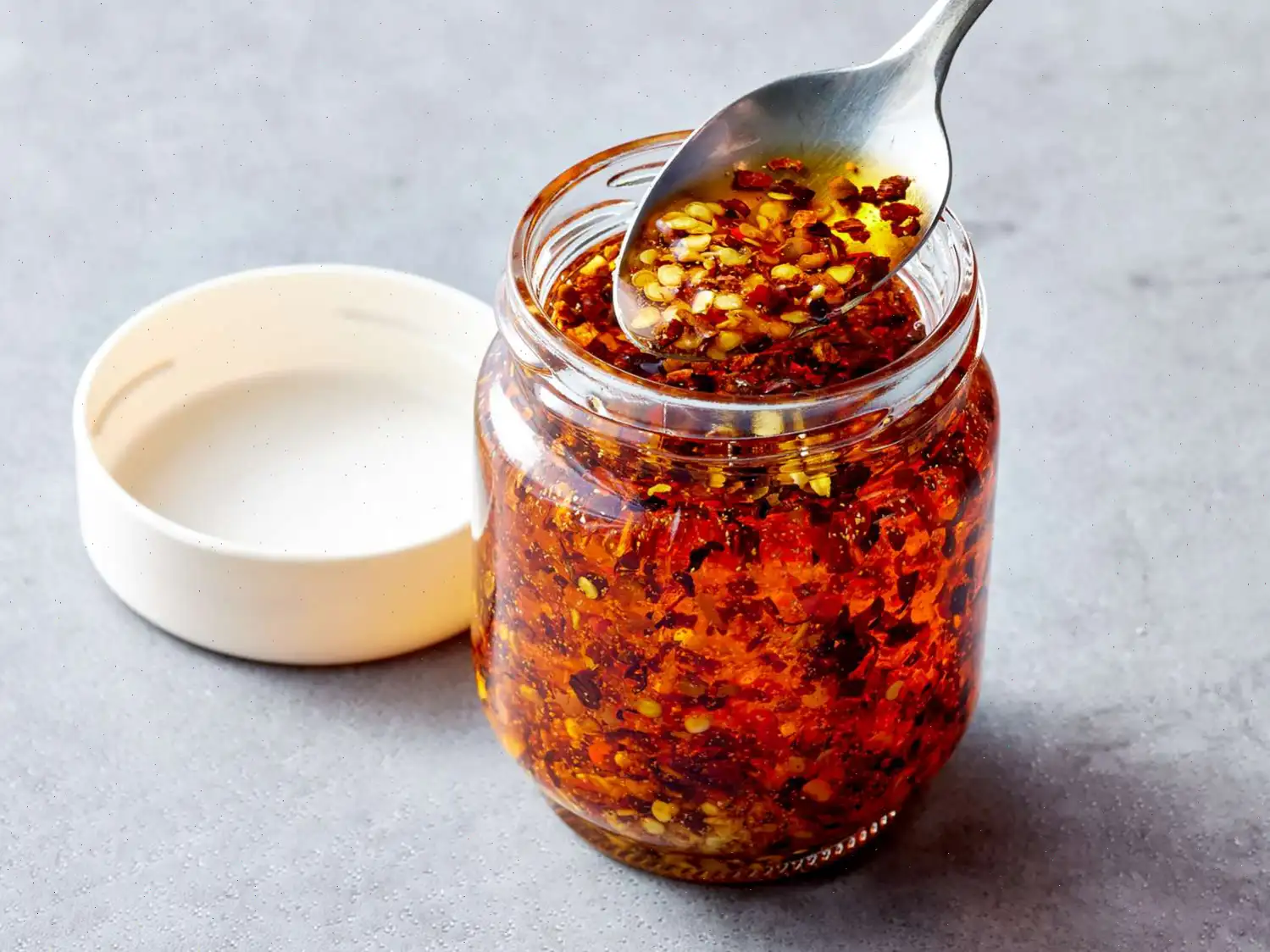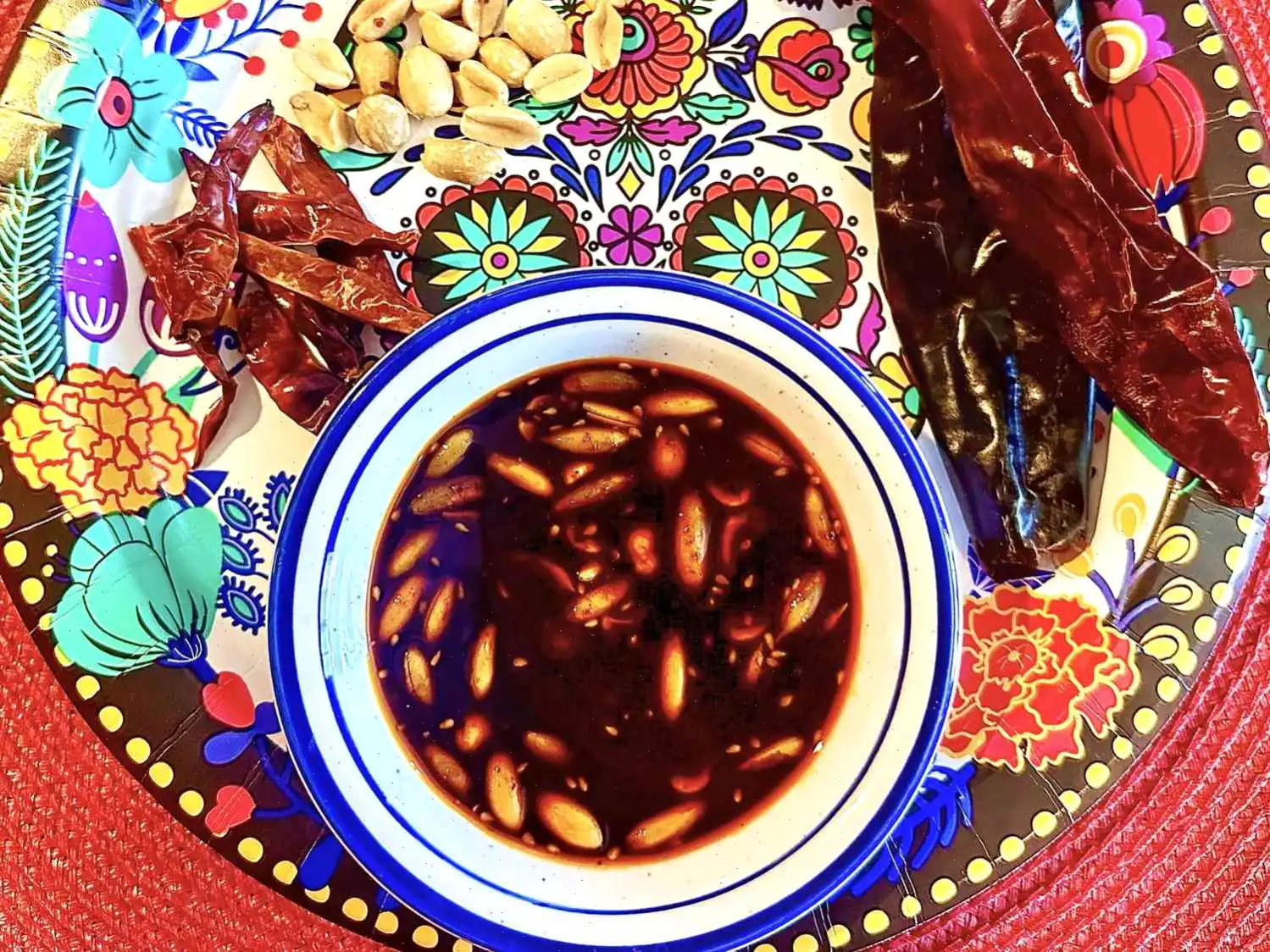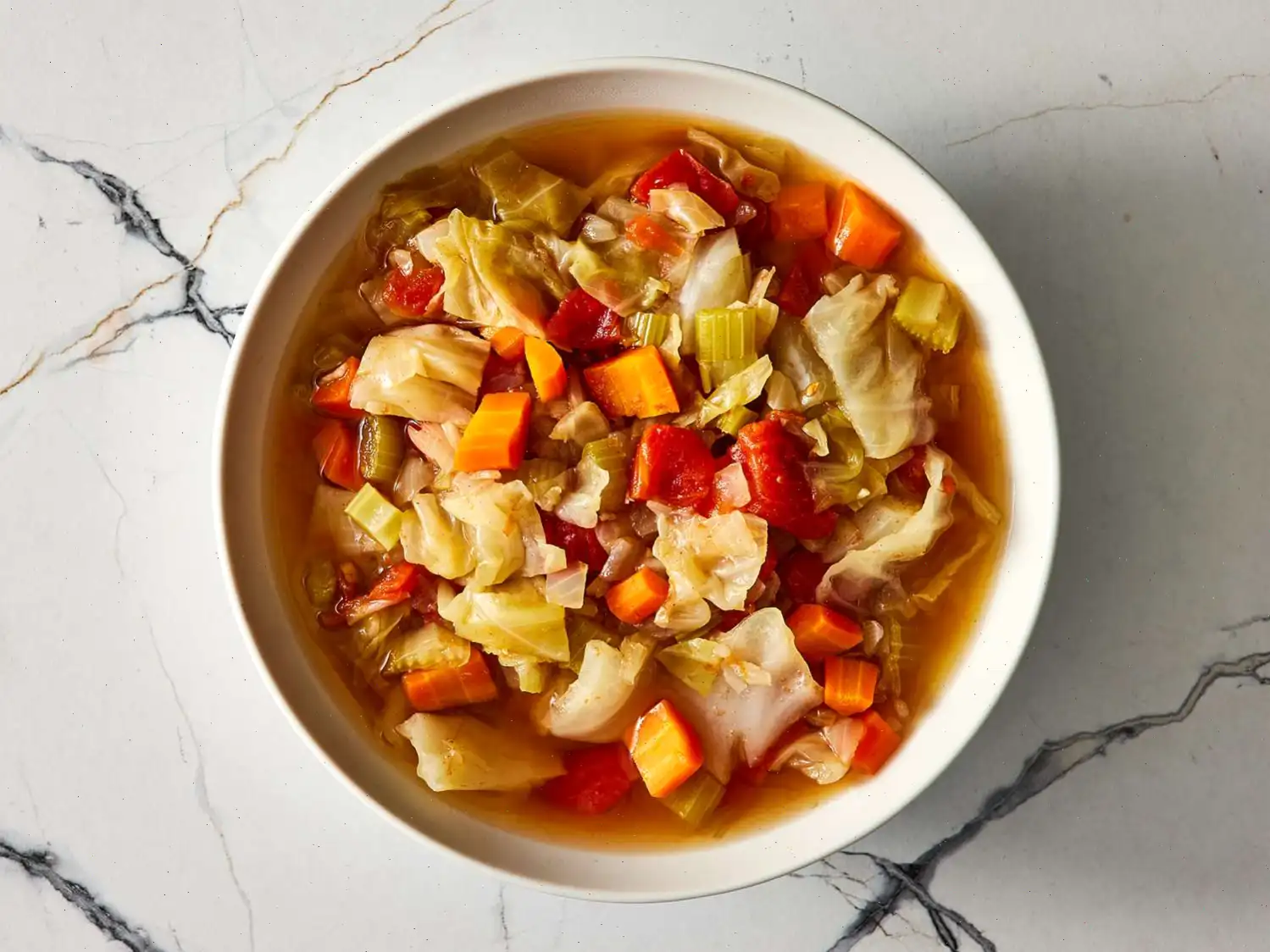
Pickled Cucumbers Recipe
Pickled Cucumbers
Ingredients:
- 2 (1 pound) English cucumbers, sliced into 1/4-inch rounds
- 3 green onions, chopped
- 3 cups distilled white vinegar
- 2 cups water
- 1 1/2 tablespoons kosher salt
- 1/4 cup pickling spice
- 2 bay leaves
- 1/2 tablespoon whole black peppercorns
Directions:
- Divide cucumber slices and chopped green onions evenly between two 1-quart jars.
- In a saucepan, bring the vinegar, water, kosher salt, pickling spice, bay leaves, and black peppercorns to a boil. Let it boil for 10 minutes.
- Remove the saucepan from heat and allow the brine to cool for 30 minutes.
- Once cooled, pour the brine over the cucumbers and onions in the jars, ensuring they are fully submerged.
- Cover the jars tightly and refrigerate for at least 8 hours. For the best flavor, refrigerate for 24 hours before serving.
Nutrition Facts (per serving):
| Calories | 13 |
| Total Fat | 0g |
| Saturated Fat | 0g |
| Cholesterol | 0mg |
| Sodium | 286mg |
| Total Carbohydrate | 1g |
| Dietary Fiber | 0g |
| Total Sugars | 0g |
| Protein | 0g |
| Vitamin C | 1mg |
| Calcium | 18mg |
| Iron | 0mg |
| Potassium | 52mg |
* Percent Daily Values are based on a 2,000 calorie diet. Your daily values may be higher or lower depending on your calorie needs.
** Nutrient information is not available for all ingredients. Amount is based on available nutrient data.
If you are following a medically restrictive diet, please consult your doctor or registered dietitian before preparing this recipe for personal consumption.
The Story Behind Pickled Cucumbers
Pickled cucumbers, often referred to simply as pickles, have a rich history that stretches back thousands of years. Evidence suggests that cucumbers were first cultivated in India over 4,000 years ago, and the practice of preserving them in brine quickly spread to ancient Egypt, Greece, and Rome. Pickling was initially a method to extend the shelf life of vegetables before the advent of refrigeration. Over time, pickled cucumbers became not only a practical food but also a culinary staple in many cultures, appreciated for their tangy flavor and crisp texture.
Regional Variations
Different regions have developed distinct styles of pickled cucumbers. In Eastern Europe, particularly in Poland and Russia, pickles are often fermented with garlic, dill, and mustard seeds, giving them a sharp, aromatic profile. In the United States, the classic dill pickle is common, while sweet pickles are also popular in the South. In Asia, cucumbers are sometimes pickled with rice vinegar, chili, and sugar, resulting in a subtly sweet and spicy condiment. Each regional variation reflects local ingredients, climate, and culinary traditions.
How They Differ from Similar Dishes
Pickled cucumbers are distinct from other preserved vegetables in both preparation and flavor. Unlike fermented vegetables such as sauerkraut, which rely on natural lactic acid fermentation, many quick pickles use vinegar as the primary preservative, allowing them to be ready in just a few hours. Compared to pickled radishes or carrots, cucumbers have a higher water content, giving them a uniquely crisp texture. Additionally, the balance of spices, herbs, and acidity sets cucumber pickles apart from other preserved foods.
Typical Serving Settings
Pickled cucumbers are extremely versatile and appear in a variety of settings. They are commonly served as a side dish alongside sandwiches, burgers, and deli platters. In Eastern European cuisine, they often accompany hearty meals of meat and potatoes, providing a refreshing contrast. Pickles are also popular in casual snacking, included in charcuterie boards, or served with cheese and cured meats. Their tanginess makes them a favorite condiment in both home kitchens and restaurants worldwide.
Interesting Facts
- The largest cucumber pickle ever recorded weighed over 60 pounds and was grown in the United States.
- Pickling cucumbers helps retain many of their vitamins, including vitamin K and certain antioxidants.
- In some cultures, pickles were historically considered a symbol of prosperity and were often exchanged as gifts.
- The phrase in a pickle, meaning to be in a difficult situation, originates from the Dutch word pekel, referring to brine.
- Quick pickling, as in this recipe, allows cucumbers to develop flavor in hours rather than days, making it a convenient alternative to traditional fermentation.








